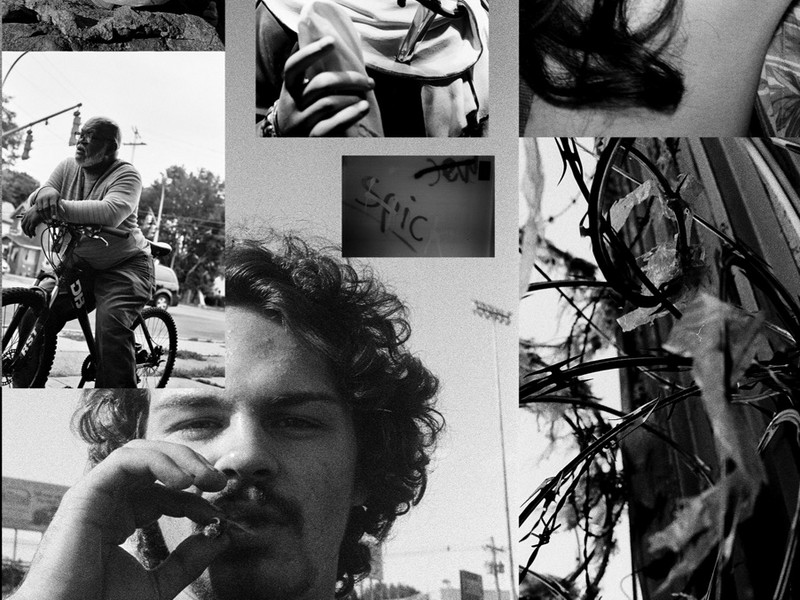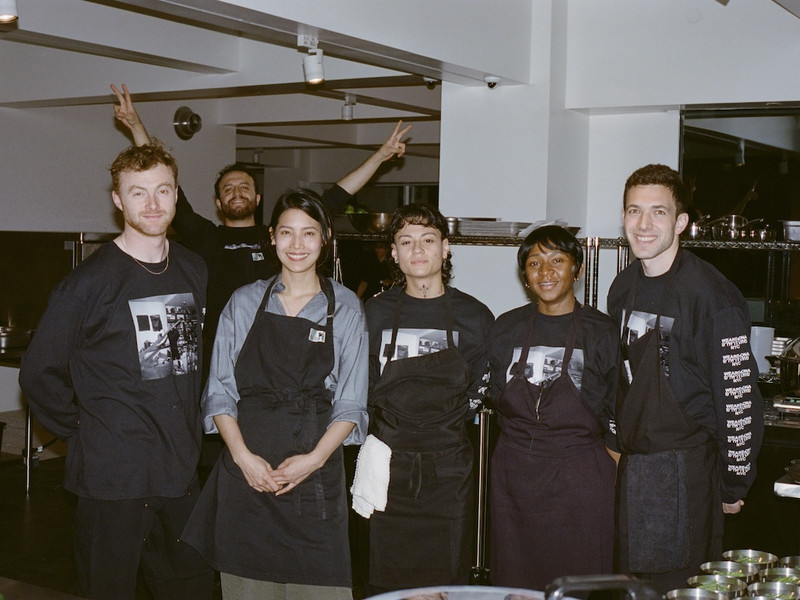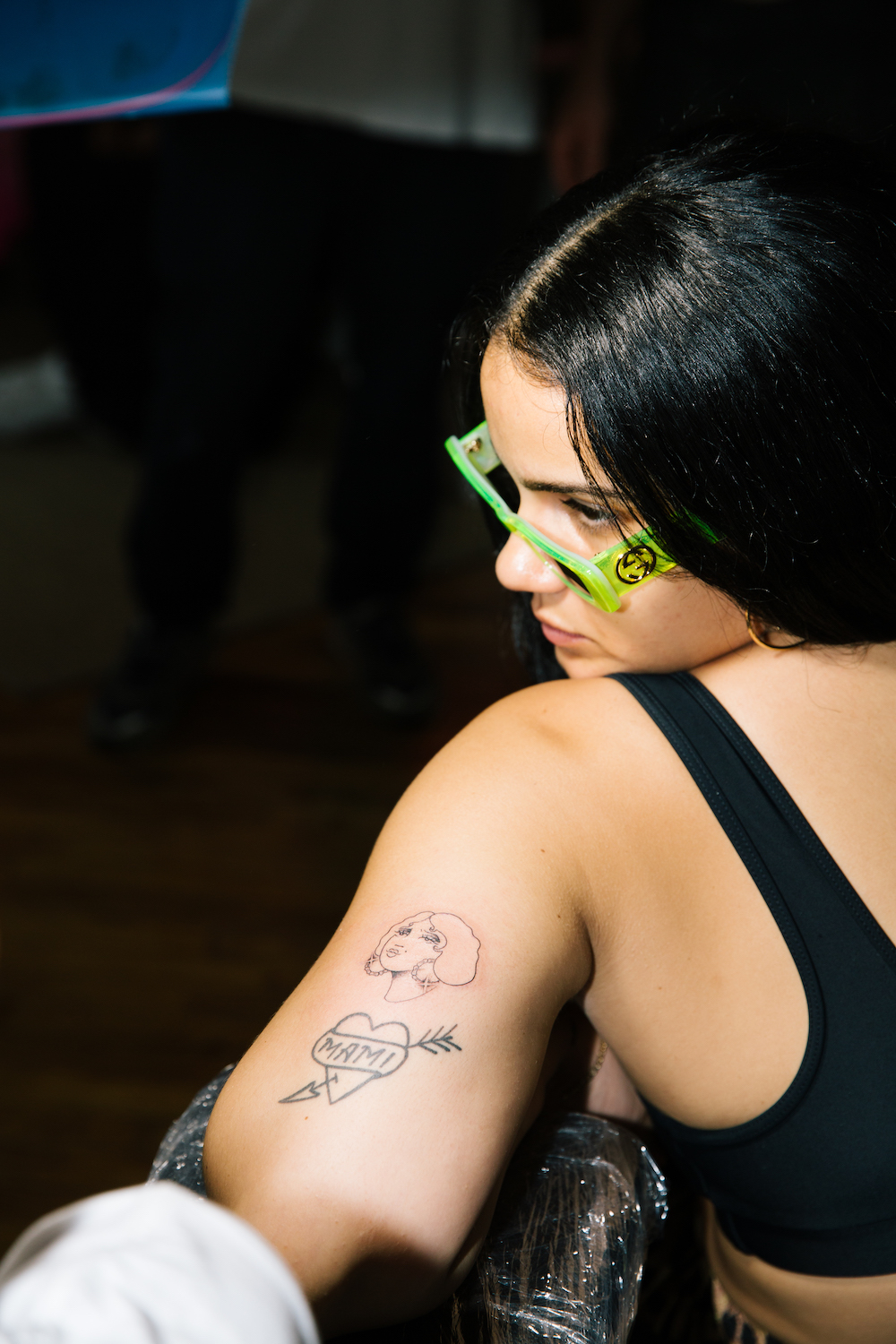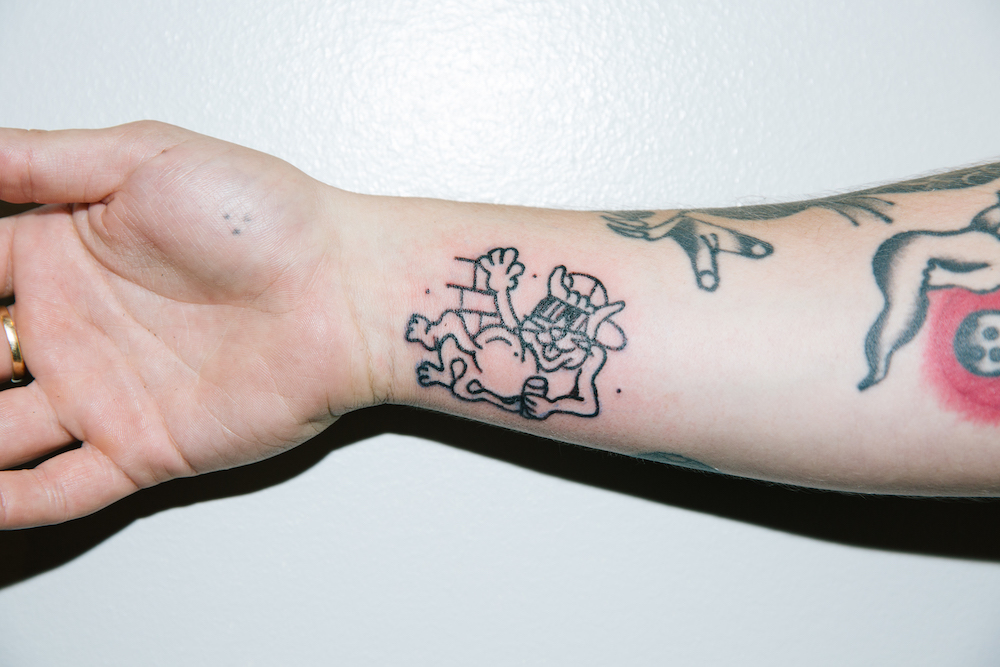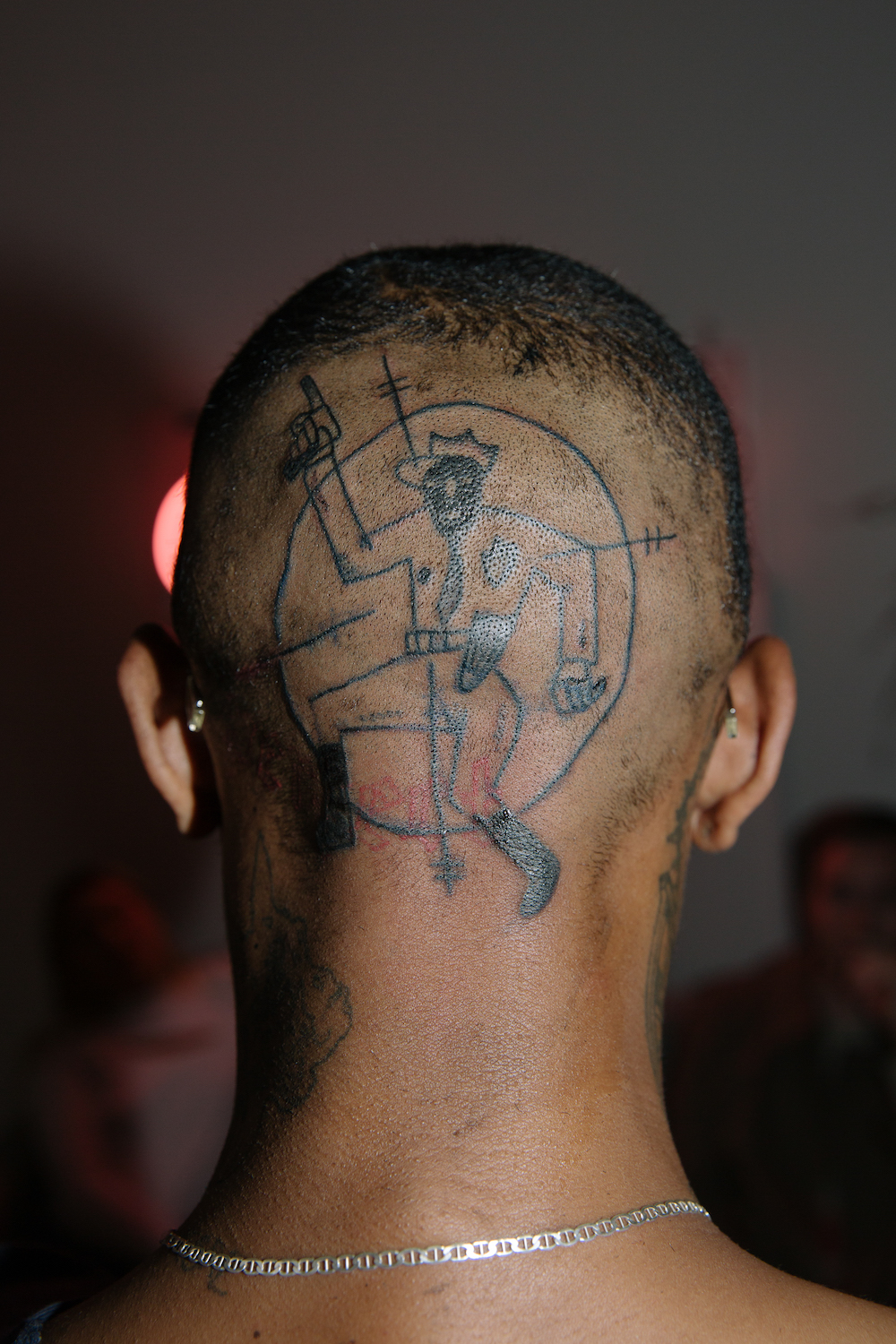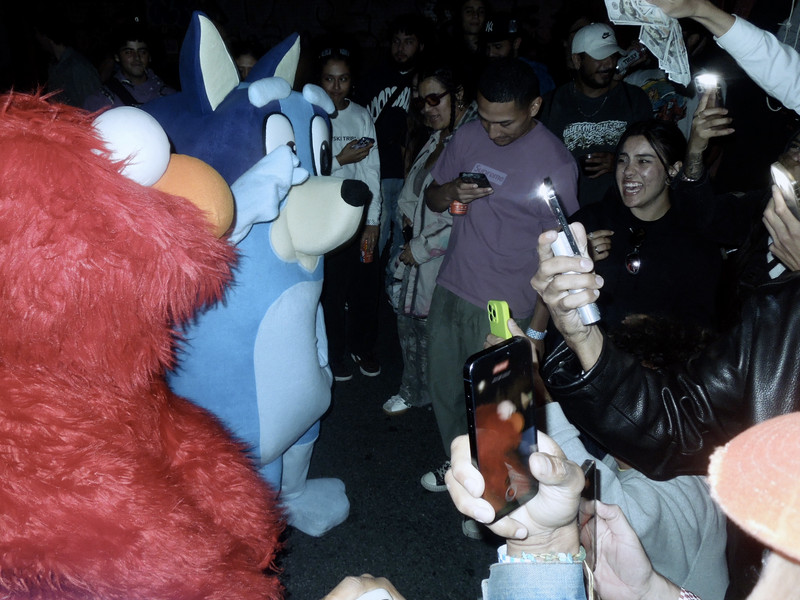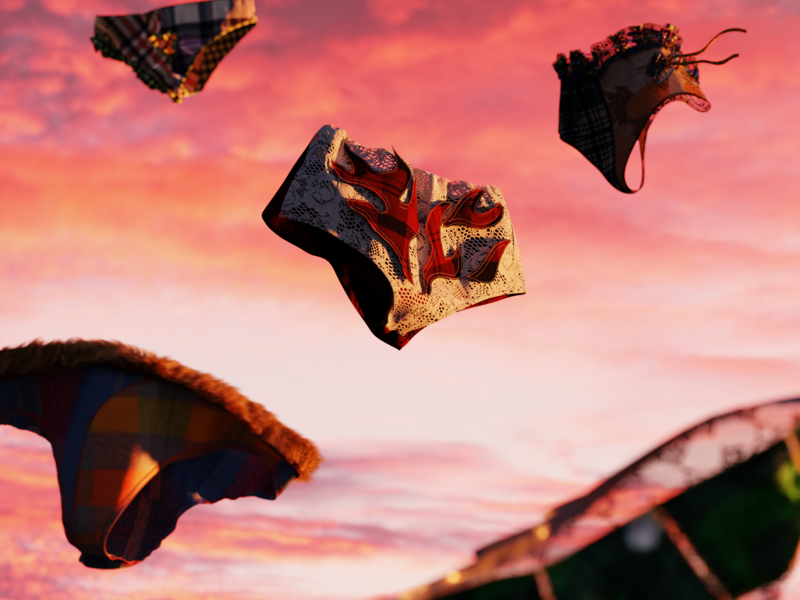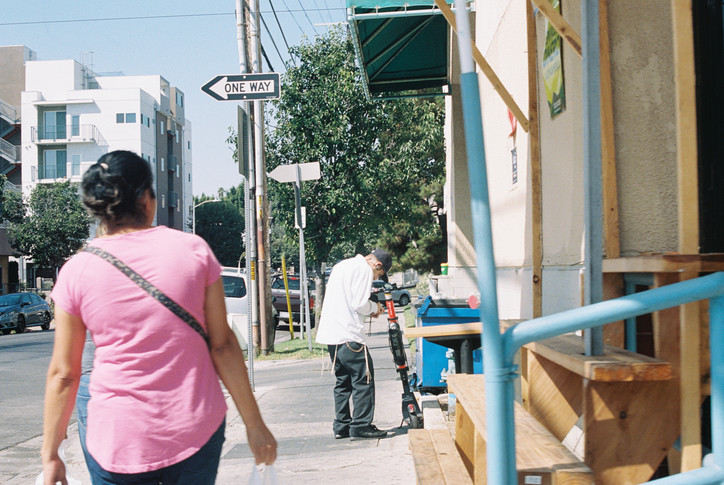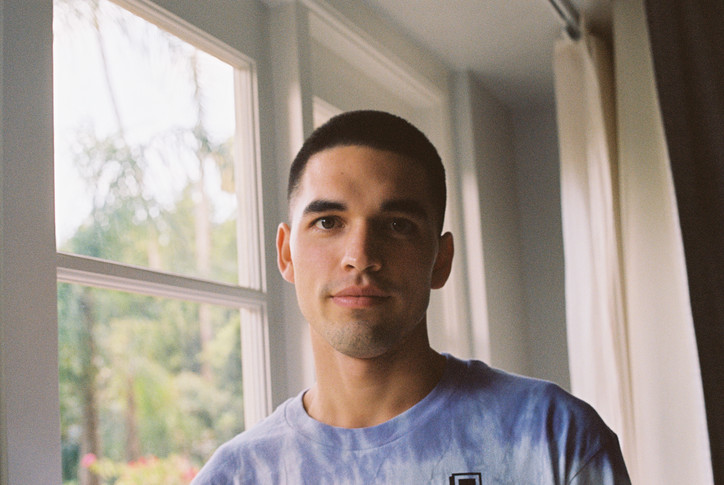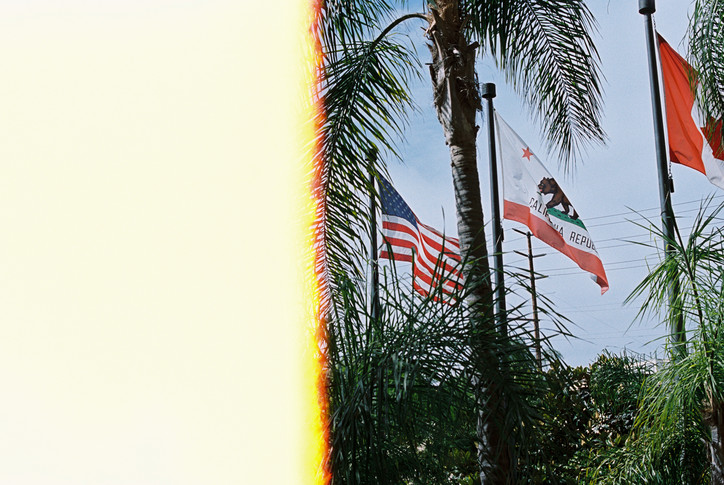This time it was a retreat in Tuscany, sent to me by a friend who knew I couldn’t say no to a trip where I would “get grounded” at an Italian villa through yoga, Human Design and Touchpoint workshops, as well as Tuscan culinary adventures. Who can say no to mindful pasta consumption? I caved.
From as far back as I can recall, I’ve been preoccupied with one major train of thought when it comes to belief systems (and honestly, with most human interactions in general): why do people do what they do? What are they looking for and how will those answers solve any of their problems? It’s a big question to contemplate, I know; but I find more solace in trying to figure people out than attempting to understand the afterlife. My ears perked at the retreat's mention of Human Design, a personality assessment tool supposedly founded on the principles of quantum entanglement and hard data. Was this the bridge between intuition and explanation I was looking for?
There has long been a misalignment between wellness culture and the scientific method. Muddled by celebrity endorsements, popular culture presents plenty of reasons to associate alternative spiritual philosophies with an inherent lack of credibility. Skepticism (and pseudoscience) aside, there must exist some inherent truth buried within observational “folk” systems like astrology, the I-Ching, and the Kabbalah, among many others; all systems developed to help our human brains navigate a chaotic world.
The quest to merge hard science and “New Age” philosophies in the study of consciousness is nothing new. Assigning meaning and understanding manifests in culture through religion, yoga, mysticism, science; our brains exist in a state of constant prediction, looking for patterns and anticipation in order to quell the anxiety of simply being alive in turbulent times. When it comes to investigating the deepest and most personal aspects of the unknown – ourselves – how do we reconcile centuries of intuition with the relatively new standard of precise science?
In the 1970s, reactionary movements railing against the political isolationism prominent during the Cold War era prompted sit-ins, teach-ins and love-ins. The reemergence of philosophical physics synchronized with the overarching radical atmosphere in the United States and abroad to provide the perfect cultural combination for psychic experiments, LSD trips, Eastern meditations and self-help workshops as ordinary citizens sought meaning in an increasingly hectic world.

